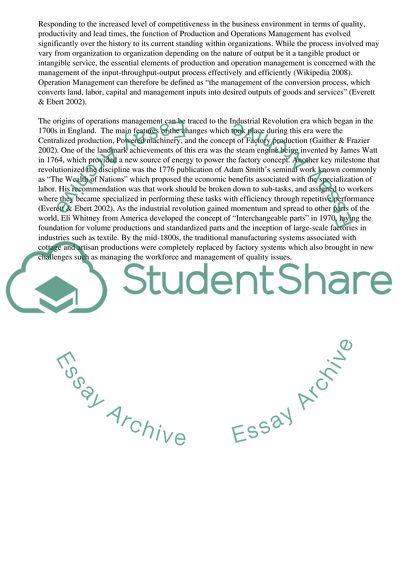Cite this document
(Historical Milestones in Production and Operations Management Essay, n.d.)
Historical Milestones in Production and Operations Management Essay. https://studentshare.org/management/1547874-historical-milestones-in-production-and-operations-management
Historical Milestones in Production and Operations Management Essay. https://studentshare.org/management/1547874-historical-milestones-in-production-and-operations-management
(Historical Milestones in Production and Operations Management Essay)
Historical Milestones in Production and Operations Management Essay. https://studentshare.org/management/1547874-historical-milestones-in-production-and-operations-management.
Historical Milestones in Production and Operations Management Essay. https://studentshare.org/management/1547874-historical-milestones-in-production-and-operations-management.
“Historical Milestones in Production and Operations Management Essay”. https://studentshare.org/management/1547874-historical-milestones-in-production-and-operations-management.


